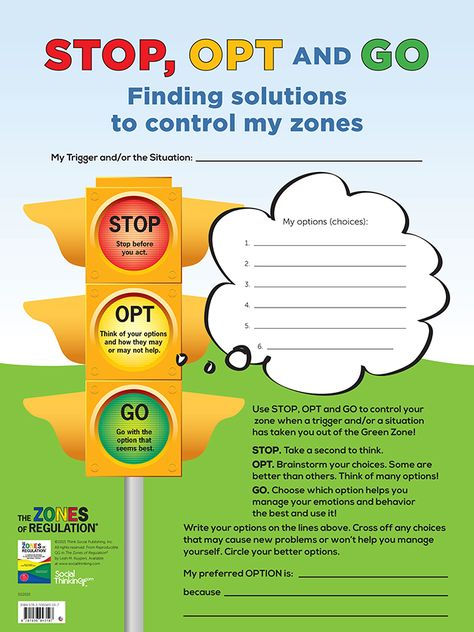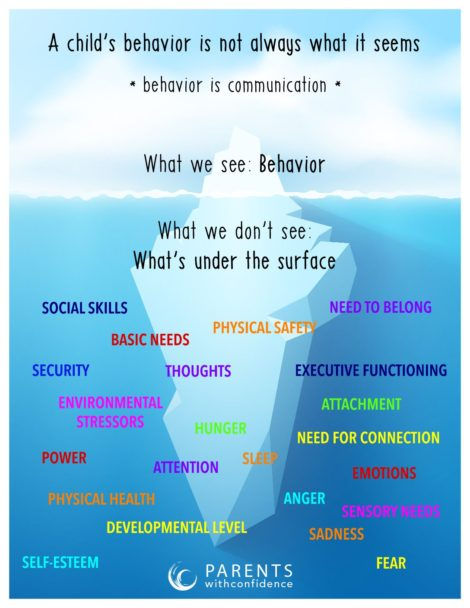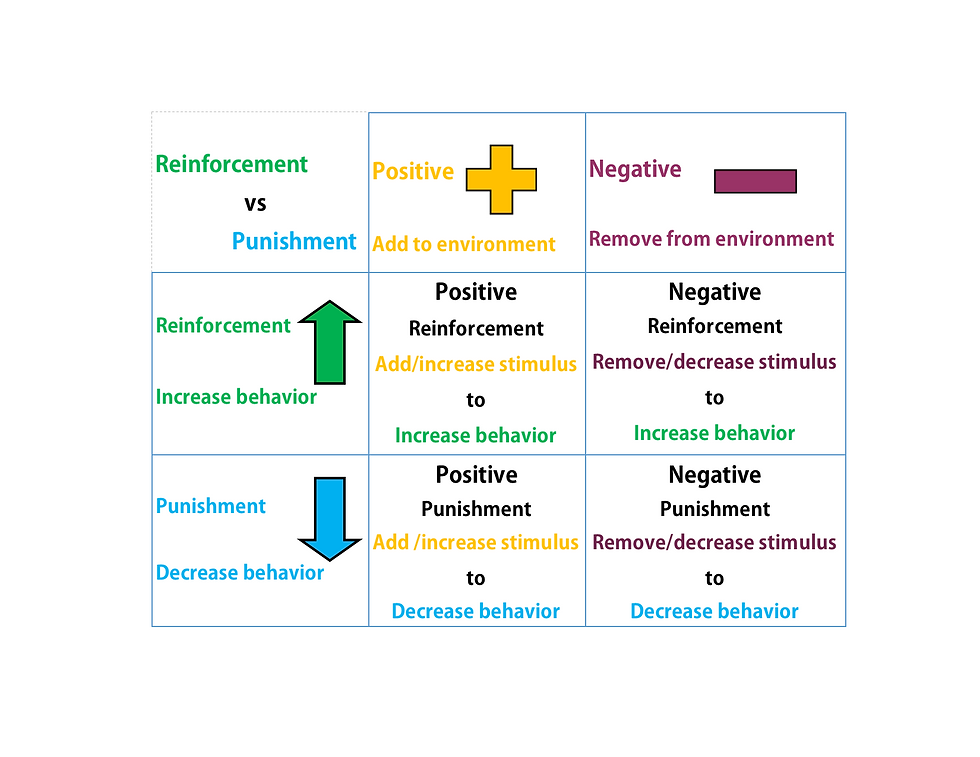Breaking Down Impulsive Behaviors
- Kelly Minor

- Apr 13, 2020
- 2 min read

What do impulsive behaviors look like?
These behaviors look differently with each child. Some examples could be: having trouble following rules consistently, taking turns in games or conversation, blurts out, fidgety- disrupting the environment, or aggression- hitting, kicking, grabbing or pushing others. As you can see impulse behaviors can look very different and the list could go on and on.
Start by taking data on when the behavior occurs, what the behavior looks like, and how you or others react to the behavior. Data is very beneficial in finding patterns, the function of the behavior (check out the post What's the Function?), and solutions. Keeping a log or using the ABC data chart under free resources (check out the post ABC's of Behavior) will help keep track of when your child exhibits these behaviors.
Also, Functional Communication Training (FCT) is often used to help to decrease challenging behaviors. FCT is used to teach a replacement behavior, in this case, effective communication instead of the inappropriate behaviors the child is exhibiting. Teaching how to ask for a break, more time, wait, or help by role playing can help a child learn effective ways to communicate.
Functional Communication Training:
Teaching the new response "break"
1. Verbal Instruction:
a. When you want a break, say “break”
b. When you say break you can go to the break area
c. Let’s practice, I’ll pretend I’m you.
2. Model
a. Sitting at desk with a relevant assignment
b. Say “break”
c. Go to break area
3. Role play
a. Now it’s your turn. I’ll give you a tough assignment and you say break
b. Give the child an instruction or assignment that may typically evoke behavior
c. Prompt the child to say “break”
d. Immediately praise and take to break area
Building self-control by trying the following strategies could help with impulsive behaviors:
· Using clear expectations
· Breaking tasks down into easier, smaller tasks
· Identifying feelings and using coping skills for those feelings
· Modeling appropriate behaviors during stressful times
· Self-regulation games- Simon Says, Freeze, Musical Chairs or Stop/Go
· Rewarding appropriate behaviors
· Using specific praise- "Timmy I love how you waited to talk until I got off the phone".
Use the data to find your child's triggers (patterns of behavior) and discuss strategies to cope with those triggers. Does your child have difficulty during transitions, certain times of the day, or specific subjects? Could your child use a schedule, time warning or breaks between transitions, or breaking math up into smaller increments of time/quantity?


Comments